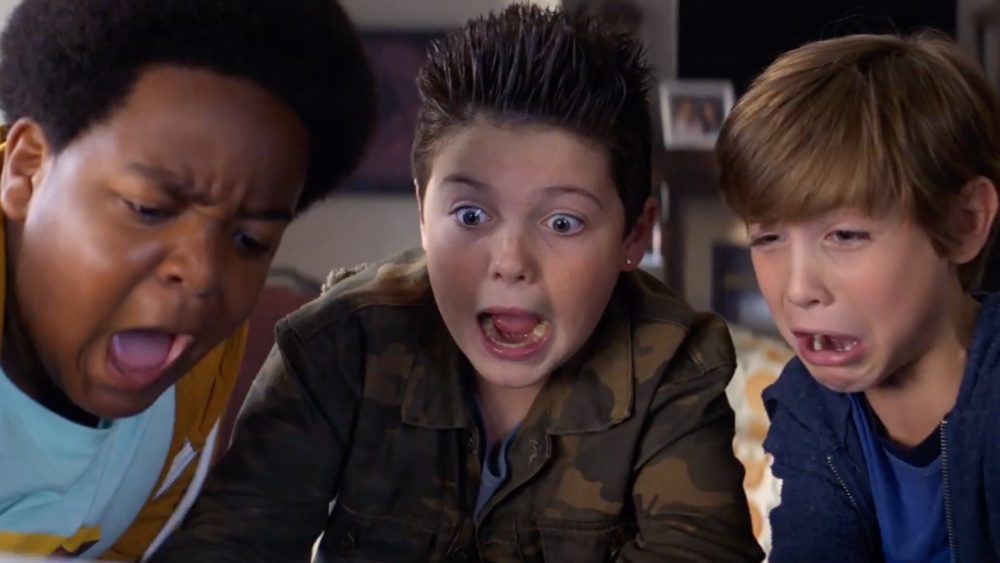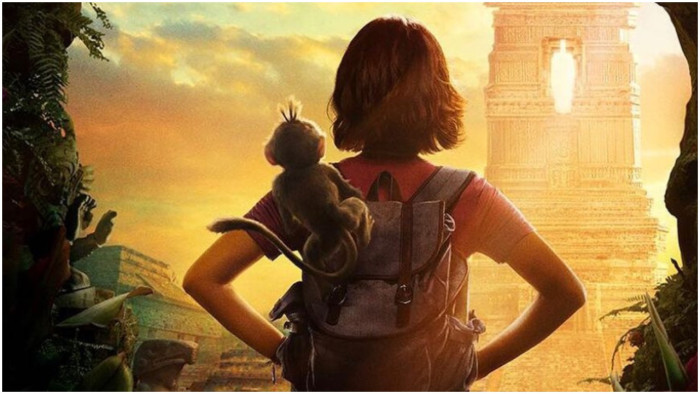Good Boys
by George Wolf
So apparently kids today get names like Brixlee, Soren and Thor. That’s new.
And when puberty hits, they pretend they’re plenty world wise, are tempted by peer pressure and worry that missing the big kissing party would be the end of the world. That’s not so new.
With Superbad‘s Seth Rogen and Evan Goldberg on board as producers, Good Boys takes that film’s trusty formula and backs it up a few years, scoring a fair amount of solid laughs but not quite as much of the heartfelt smarts.
Max (Jacob Tremblay), Lucas (Keith L. Williams) and yes, Thor (Brady Noon) are new sixth graders and best friends, the Bean Bag Boys for Life! “Because we have bean bags.” Duh.
They drop F-bombs, hope other kids think they’re cool, and will stop at nothing to make Soren’s (Izaac Wang) party where Max hopes to meet up with Brixlee (Millie Davis) and finally get the chance to puck up or shut up.
But the ‘tween universe sends plenty of obstacles to keep the boys from the bash, some of which include drugs, alcohol, anal beads, angry high school girls, cops, a very busy highway, and a frantic paint ball battle at a nasty frat house (which turns out be a pretty inspired bit).
There’s always some inherent humor in kids talking dirty and crossing paths with very adult things while misunderstanding most of them. Good Boys, to its credit, wants to be more, it’s just unsure about how to get there.
Writer Gene Stupnitsky (Bad Teacher, Year One), directing his first feature, is at a disadvantage from the start. Superbad and Booksmart (you should see it!) both benefited from a leaving-for-college premise, which is just more of a life change than leaving for middle school.
But those films also found a tender heart inside their core friendships that Good Boys can’t quite pin down. The boys are all adorable, and plenty of laughs – especially Tremblay’s hilariously deadpan line about a sex doll- do land flush.
By the final bell, though, it’s caught between caring about the boys and laughing at them, and so are we.













